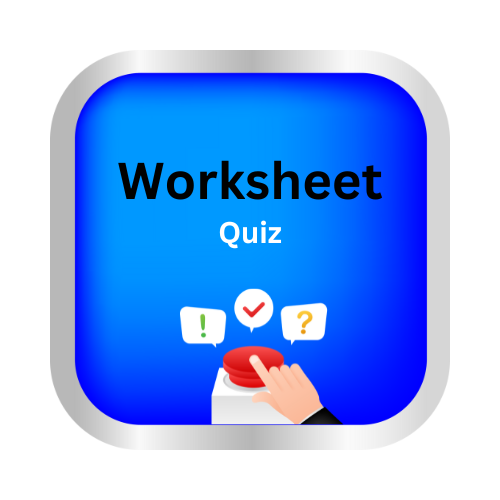Convert from expanded form
3rd class Convert between place values by Delta publicationskey notes :
| 🎈 Understanding Expanded Form: |
- Definition: Expanded form is a way to break down a number by showing the value of each digit according to its place value.
- Example: The number 453 in expanded form is written as 400 + 50 + 3.
| 🎆 Components of Expanded Form: |
- Hundreds Place: Represents the number of hundreds (e.g., in 400, the digit 4 is in the hundreds place).
- Tens Place: Represents the number of tens (e.g., in 50, the digit 5 is in the tens place).
- Ones Place: Represents the number of ones (e.g., in 3, the digit 3 is in the ones place).
| 🎇 Steps to Convert from Expanded Form to Standard Form: |
Identify the Place Values:
Look at each part of the expanded form and identify the hundreds, tens, and ones.
- Example: For 400 + 30 + 5, 400 is the hundreds, 30 is the tens, and 5 is the ones.
Add the Place Values:
Add all the values together to form the standard number.
- Example: 400 + 30 + 5 = 435.
Write the Number in Standard Form:
Write the final result as a single number.
- Example: 435 is the standard form of 400 + 30 + 5.
| 🧨 Examples for Practice: |
Example 1: Convert 300 + 20 + 7 to standard form.
- Solution: 300 + 20 + 7 = 327.
Example 2: Convert 500 + 40 + 2 to standard form.
- Solution: 500 + 40 + 2 = 542.
Example 3: Convert 600 + 50 + 8 to standard form.
- Solution: 600 + 50 + 8 = 658.
| ✨Tips for Converting from Expanded Form: |
- Check Each Place Value: Ensure you correctly identify and place the hundreds, tens, and ones in the right order.
- Line Up Digits: When adding the place values, line up the digits according to their place values (hundreds with hundreds, tens with tens, etc.).
- Start with the Largest Place Value: Begin with the largest place value (hundreds) and work your way to the smallest (ones).
| 🎉 Common Mistakes to Avoid: |
Misplacing Digits: Make sure each digit is in the correct place value position when writing the standard form.
Forgetting Zeros: If a place value is missing in the expanded form (e.g., no tens), remember to place a zero in that position in the standard form.
- Example: 400 + 6 should be written as 406, not 46.
| 🎊 Relating Expanded Form to Real-Life Situations: |
Money: Think of expanded form as counting money, where you add different denominations together.
- Example: $500 + $30 + $2 is the same as $532.
Measurement: Consider expanded form in terms of measurements.
- Example: 700 cm + 50 cm + 9 cm = 759 cm.
Learn with an example
📢 What is 900 + 60 + 7?
- 900 is 9 hundreds.
60 is 6 tens.
7 is 7 ones. - 900 + 60 + 7 is 9 hundreds, 6 tens and 7 ones.
- Remember the place values:

- 900 + 60 + 7 = 967
What is 10 + 4?
- 14
- 74
- 10
- 19
- 10 is 1 ten.
4 is 4 ones. - 10 + 4 is 1 ten and 4 ones.
- Remember the place values:

- 10 + 4 = 14
What is 50 + 3?
- 50 is 5 tens.
3 is 3 ones. - 50 + 3 is 5 tens and 3 ones.
- Remember the place values:

- 50 + 3 = 53
Let’s practice!

